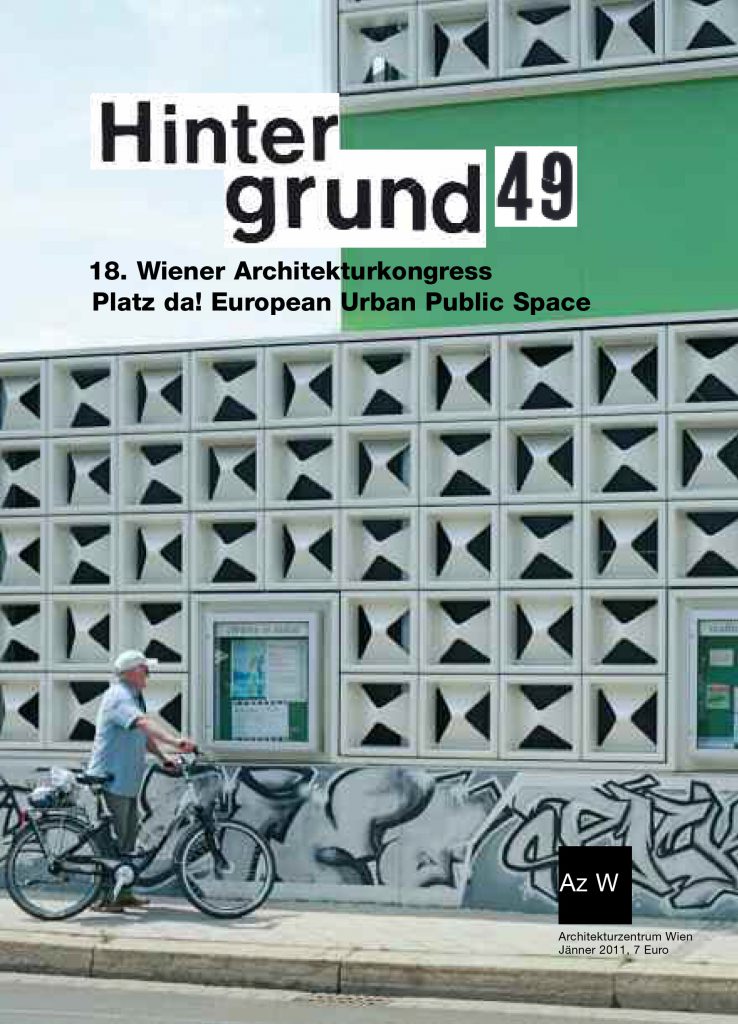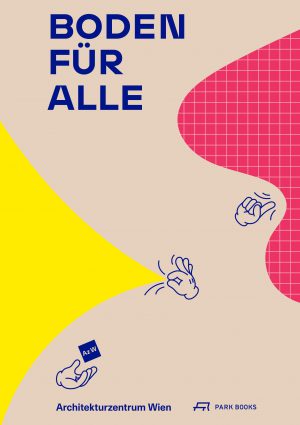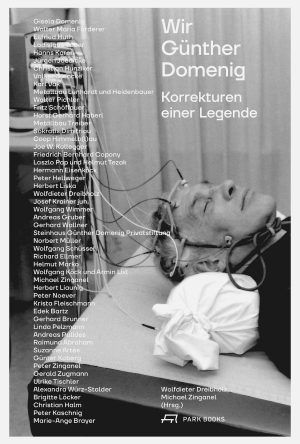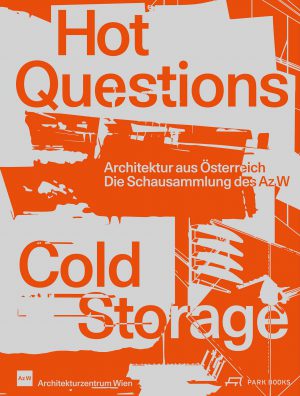
The 18th Vienna Architecture Congress (19.11.-21.11.2010), which took place in the context of the exhibition `Platz da! European Urban Public Space´ (14.10.2010- 31.01.2011), was consequently once again dedicated to the topic of public space in a multi-layered manner. The result was two and a half days of dense information, but above all a wealth of controversial viewpoints.




